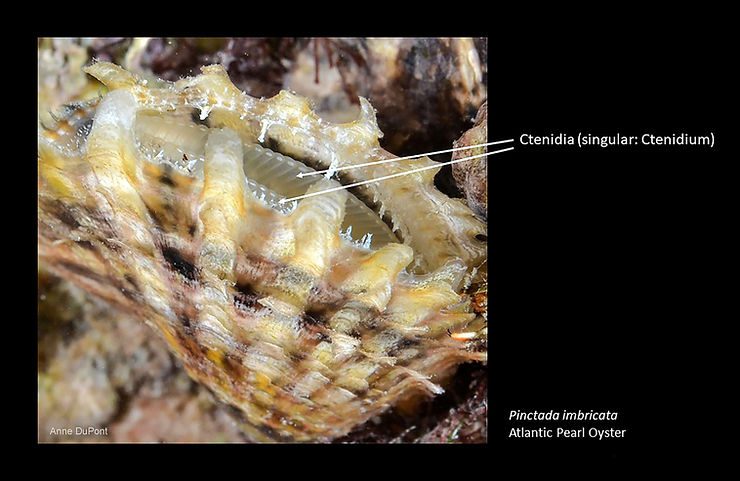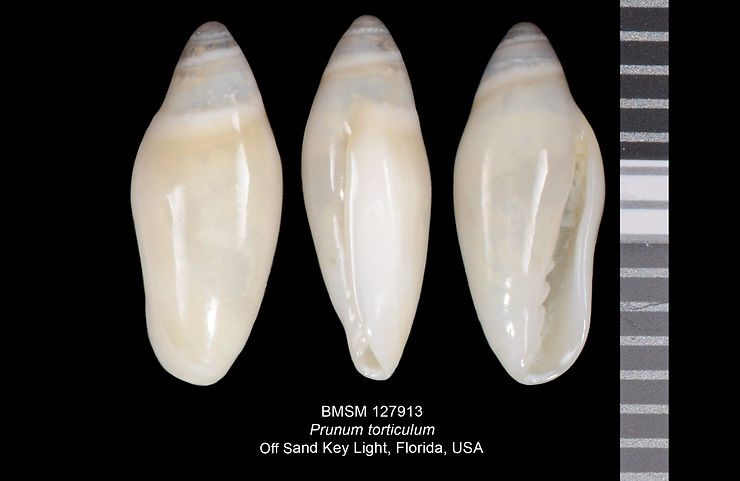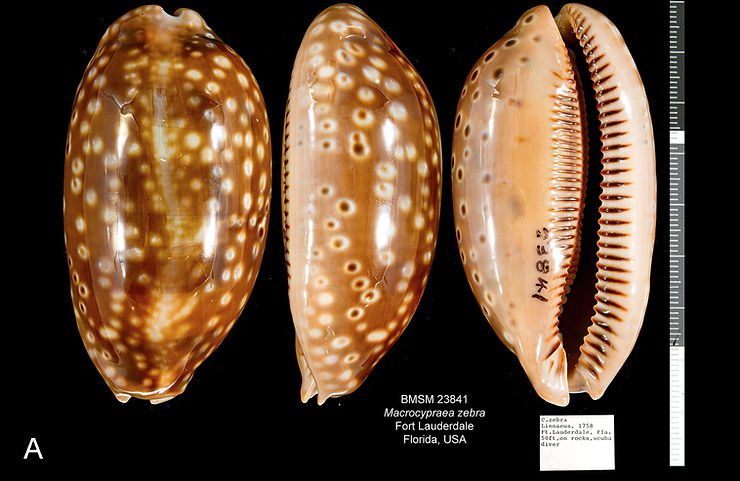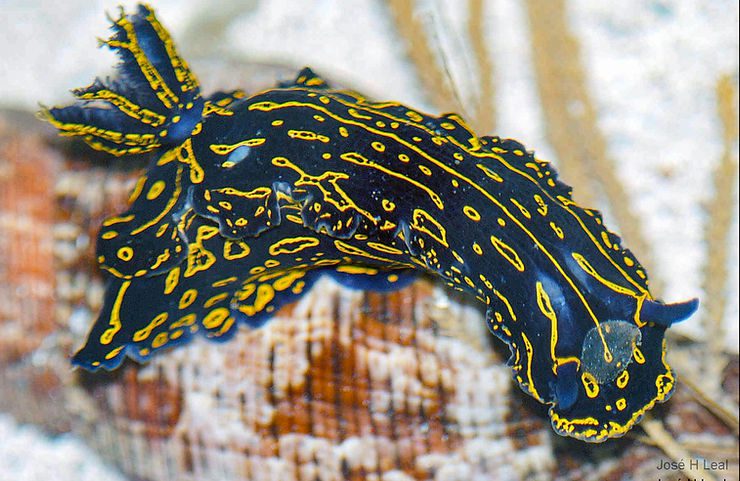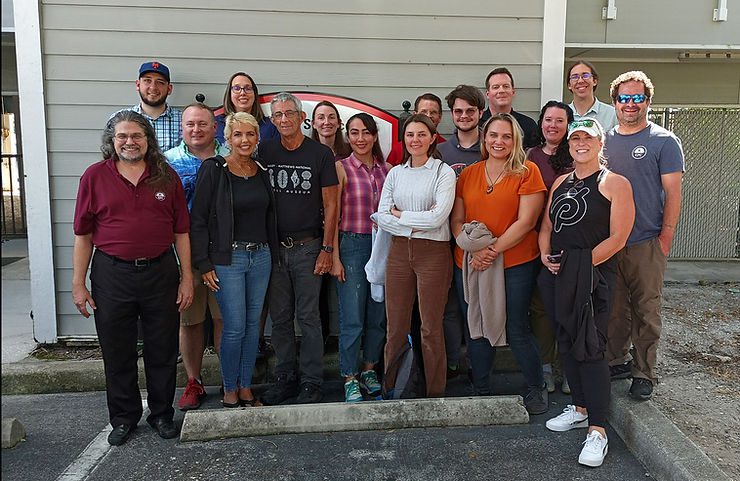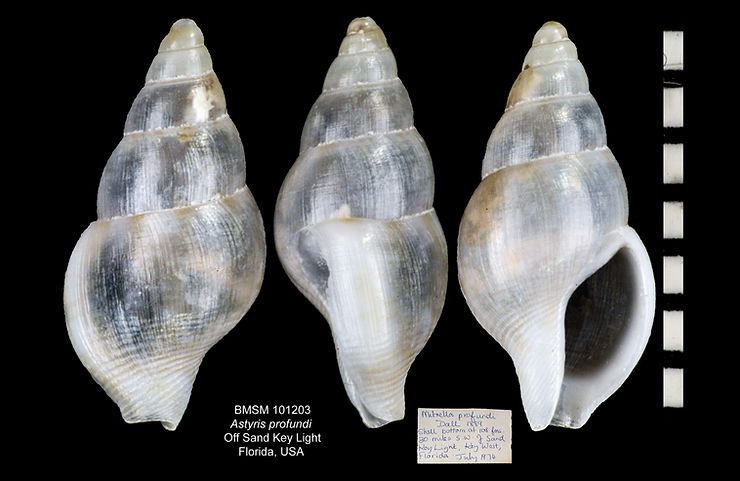
Shell of the Week: The Deep-water Dove Snail
Astyris profundi is a small gastropod that reaches about 8 mm (about 0.31 inch). The species is found in depths between 200 and 500 meters (about 657 and 1640 feet). Its shell is relatively smooth, with most of the sculpture limited to spiral threads around the base and around the siphonal canal (the “bottom” of the shell in the images). The shell is clear, somewhat translucent. The Deep-water Dove Snail is found from off North Carolina to northern Cuba, and the species apparently is not found i

